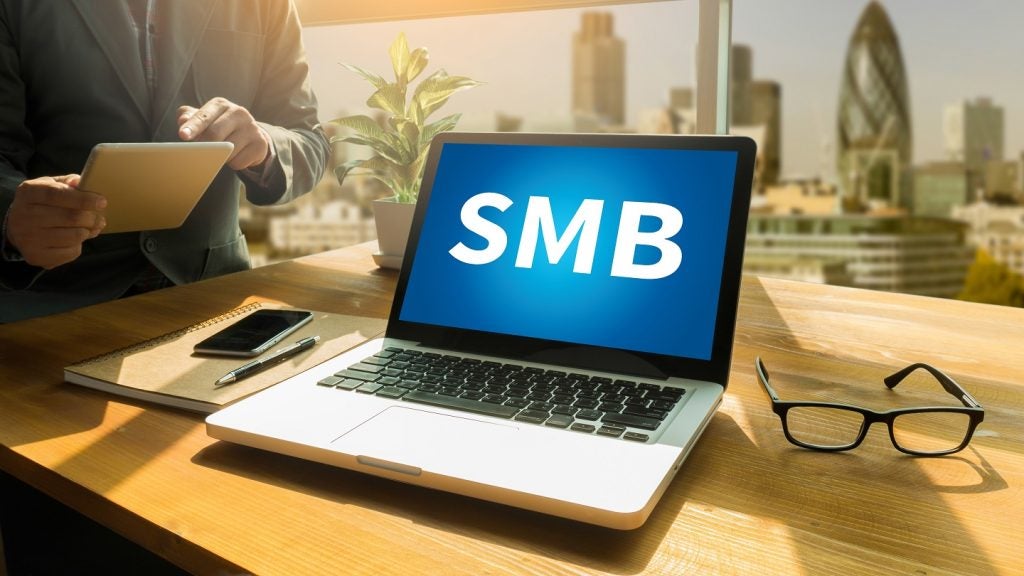Rob Lankey, chief executive of the National Association of Commercial Finance Brokers (NACFB) discusses sizes of small and medium enterprises.
A short while ago, the NACFB asked its members to comment on a new lender to the market, one that was looking to work with businesses with minimum EBITDA (Earnings Before Interest, Taxes, Depreciation and Amortisation) of £5 million. Now, even if we assumed a net profit margin of 20%, then you’re talking about a £25m turnover.
Some of our members wondered aloud whether you could truly fit such businesses into the “SME” category, a question which sent us back to basics; what does an SME in the UK in 2017 actually look like?
I’ve been lending money to SME’s all my life and I’ve found EBITDA figures can be an effective measure of financial performance for large companies with complex financial statements, but not so much for, particularly, the ‘S’ of SMEs. You’ll usually want to use a different approach for evaluating the financial performance of small companies, or medium-sized companies with less complex financial statements.
That’s because the sort of financial analysis a lender would deploy to assess the viability of a large company is unlikely to be appropriate for a small one. For larger corporates, some lenders will deploy more advanced forms of financial analysis. So, whilst ratios such as gearing and leverage, gross and net profit margins have a relevance to small and large companies alike, other ratios like operational leverage and free cashflow from operations may be less relevant.
EBITDA can be a bit of a blunt instrument and has weaknesses because it not only ‘bunches’ debt maturities but it’s also ‘profit based’. We all know that a calculation which takes profit before the deduction of interest expenses, taxes, depreciation, and amortization, doesn’t necessarily mean the company has any cash to play with. It’s cash which pays loans, not profits.
How well do you really know your competitors?
Access the most comprehensive Company Profiles on the market, powered by GlobalData. Save hours of research. Gain competitive edge.

Thank you!
Your download email will arrive shortly
Not ready to buy yet? Download a free sample
We are confident about the unique quality of our Company Profiles. However, we want you to make the most beneficial decision for your business, so we offer a free sample that you can download by submitting the below form
By GlobalDataClearly, using relevant financial assessment techniques for particularly the ‘S’ of SME is really important.
But returning to my first point, an SME would not generally expect to have an EBITDA in excess of £5 million – though it could have at the high end of the ‘M’. If we go back to sections 382 and 465 of the Companies Act 2006, we can read that to be defined as “a small company”, your business must have a turnover not exceeding £6.5 million, a balance sheet total of not more than £3.26 million and not more than 50 employees. A medium-sized company has a turnover of not more than £25.9 million, a balance sheet total of not more than £12.9 million and not more than 250 employees. Crucially, I am unsure whether these figures have been adjusted for inflation over the past decade; after all, it is still a 2006 act. But if the definition is truly current with these values, then insisting on an EBITDA of more than £5 million is going to eliminate most ‘S’s of SME, unless they have a truly amazing gross profit margin.
The end result is that members are unlikely to have much business to put this lender’s way. Remember that the average loan size requested by the SMEs who approach is directly is somewhere below £200,000; for brokers in some parts of the UK, it’s as low as £50k.
So when we are building a full panel of lenders – a panel which currently includes 40 representing the leasing & asset finance sector – the NACFB aims to ensure that its panel can meet the actual demands from small businesses. That does include lenders who will deal with the top end – the “biggest of the mediums” – and a growing number of firms at the other end of the scale, the real niche lenders.







